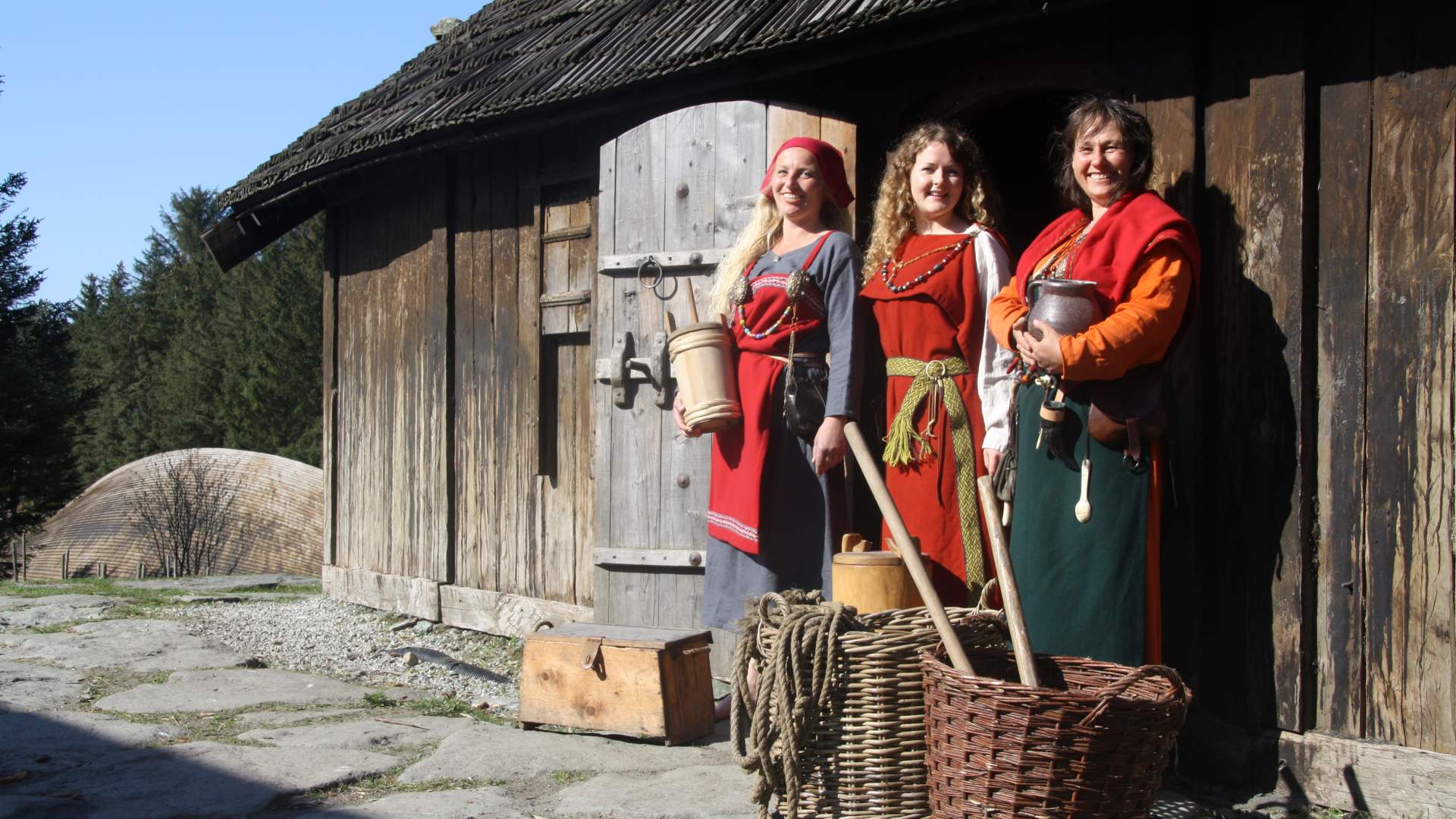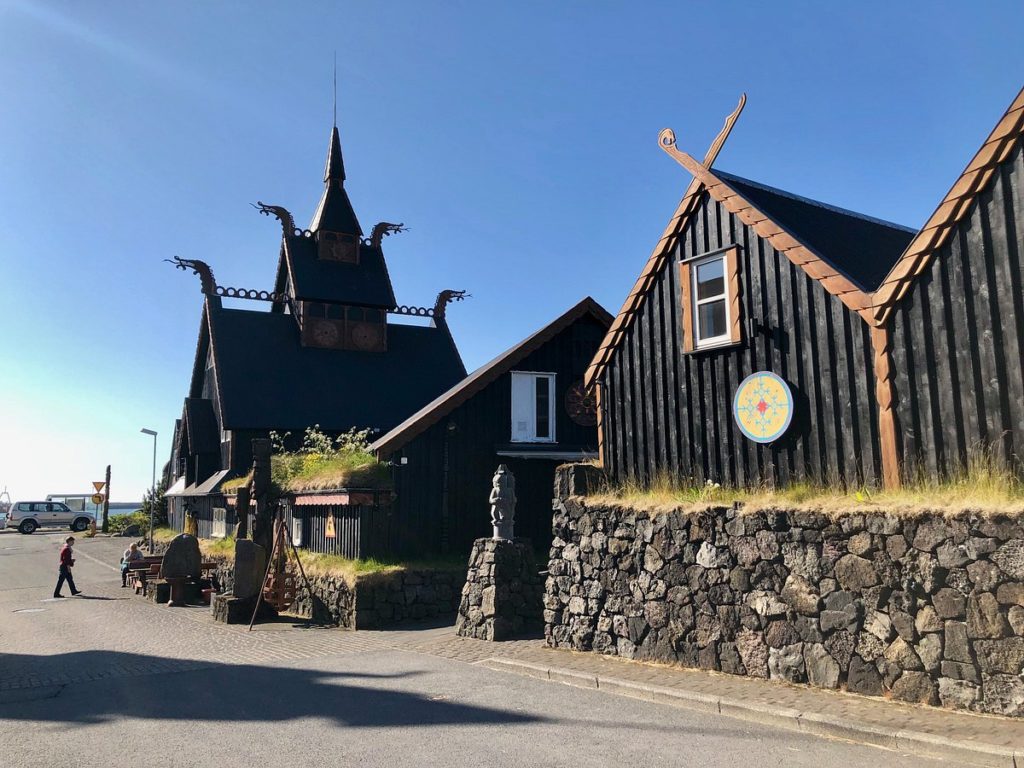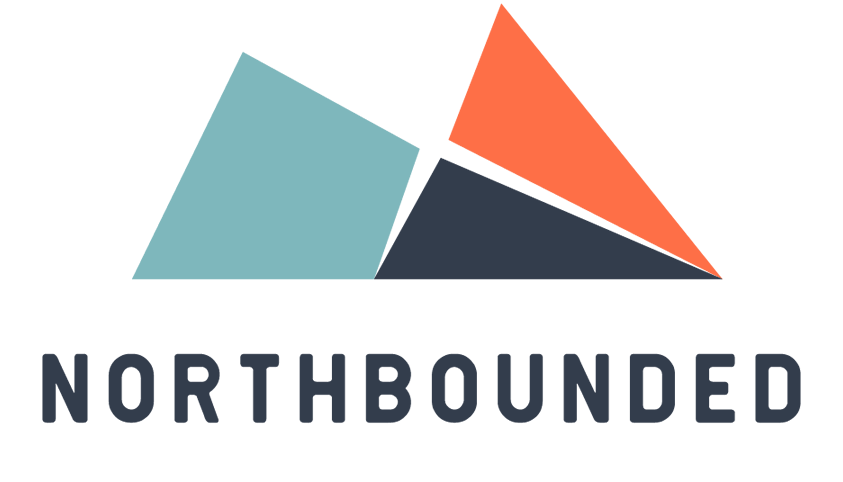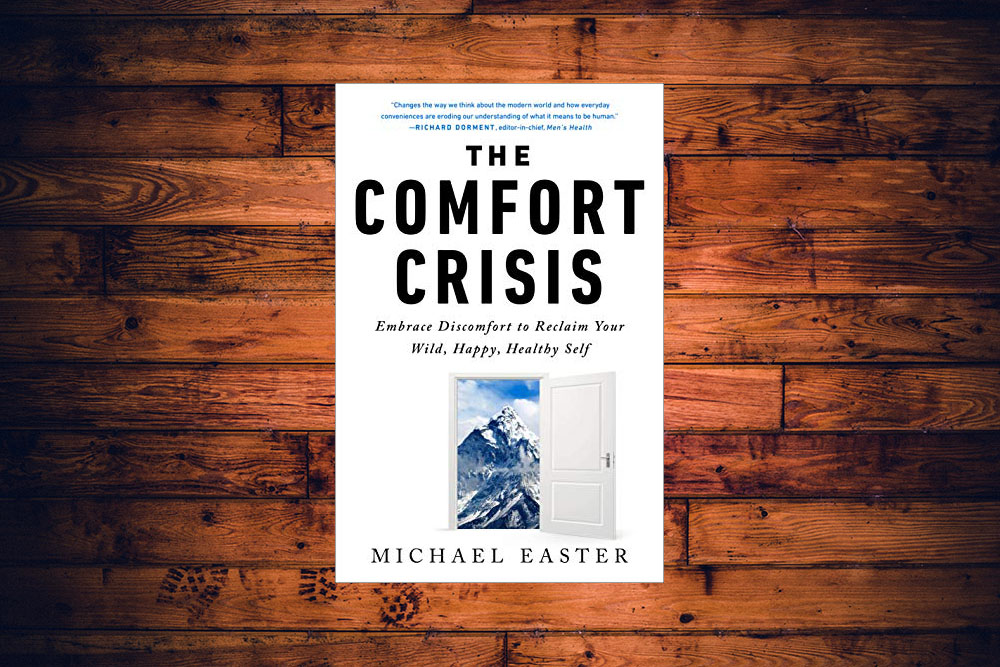
Nordic Languages and Dialects: Unravelling the Linguistic Tapestry of the Great North
T he Great North, a vast and captivating region stretching across the northern hemisphere, is home to a rich diversity of languages and dialects. From the rugged landscapes of Scandinavia to the remote corners of Alaska and the Arctic expanses of Canada and Russia, this linguistic diversity reflects centuries of cultural development and historical entanglements.
Defining the exact boundaries of the Great North is a difficult endeavour given its vastness and diversity. For this discussion, we will include the following regions:
- Scandinavia: Norway, Sweden, Denmark, and Finland.
- The Faroe Islands: An archipelago belonging to the Kingdom of Denmark.
- Iceland: A remote island nation in the North Atlantic.
- Greenland: An autonomous territory within the Kingdom of Denmark.
- The territories inhabited by Sámis: They extend across Norway, Sweden, Finland, and Russia.
- Canada: Including northern regions such as Nunavut, parts of the Northwest Territories, and Yukon.
- Alaska, USA: The northernmost state in the United States.
- Northern Russia: Includes regions such as Karelia and the Murmansk Oblast.
- Origins of Nordic Languages
Understanding their origins requires a journey back to the early centuries of the Common Era.
Old Norse: Old Norse, the cornerstone of the Norse language family, was spoken by the inhabitants of Scandinavia and their overseas settlements. This ancient North Germanic language is considered the precursor of the modern Nordic languages. Its influence can be seen in the rich literary tradition of sagas and runic inscriptions.
Norwegian: The Norwegian language evolved from Old Norse and developed its distinctive character over the centuries. The unification of Norway in the Middle Ages led to dialectal variations that laid the foundations for today’s Bokmål and Nynorsk forms. Bokmål, which is similar to Danish, is more widespread, while Nynorsk is rooted in the rural dialects.
Swedish: Swedish has its roots in Old Norse and developed into a regional dialect under the influence of the historical expansion of the Swedish kingdom. These dialects have developed into the standardized Swedish spoken today, with differences between Norrland in the north and the southern urban centres.
Danish: Like Norwegian and Swedish, Danish also has its origins in Old Norse. Historical influences, including the medieval expansion of the Danish kingdom and the Kalmar Union, have contributed to the development of the Danish language. Danish and Norwegian are mutually intelligible to a certain extent.
Icelandic: Icelandic is identified as the guardian of Old Norse traditions and preserves linguistic structures and vocabulary to a remarkable degree. Even though the language has evolved over the centuries, efforts to preserve linguistic purity and a distinct Icelandic identity have protected the language from dramatic changes.
Faroese: The language of the Faroe Islands, Faroese, has its roots in Old Norse. The Norse settlers who inhabited the Faroe Islands shaped the language, resulting in a distinct linguistic identity with its own spelling and grammar, which differs from other Norse languages.
Finnish: family and is therefore one of the few European languages that does not belong to the Indo-European group. There are several theories about the geographical origin of Finnish and the other Uralic languages. The most widespread view is that they originated as a proto-Uralic language somewhere in the boreal forest belt around the Ural Mountains and/or the middle Volga curve.
Greenlandic (Kalaallisut), one of the Inuit languages spoken in Alaska, Canada, and Greenland, is an Eskimo–Aleut language with around 57,000 speakers. It is divided into three dialects. West Greenlandic (Kalaallisut) is the main variety, but there is also East Greenlandic (Tunumiit oraasiat) and Thule Greenlandic (Inuktun).
The Eskaleut, Eskimo–Aleut or Inuit–Yupik–Unangan languages are a language family native to the northern parts of the North American continent and a small part of North-East Asia. The languages of this family are indigenous to parts of what is now the United States (Alaska), Canada (Inuit Nunangat) including Nunavut, Northwest Territories (mainly in the Inuvialuit Settlement Region), northern Quebec (Nunavik) and northern Labrador (Nunatsiavut), as well as Greenland and the Russian Far East (Chukchi Peninsula). Several hypotheses have been proposed to link the Eskaleut languages to other language families. The most widely accepted hypothesis to date links the Eskaleut languages with the Uralic languages.
Sámi languages: The Sámi people, native to northern Scandinavia and parts of Russia, have a unique linguistic heritage. In contrast to the Germanic languages, the Sámi languages belong to the Uralic language family, with Northern Sámi being the most widespread, along with several other varieties such as Inari Sámi and Skolt Sámi.

Dialectal diversity and historical influences
The linguistic landscape of the Great North is also enriched by a mosaic of dialects, each of which is the result of historical, geographical, and cultural influences.
The most widely spoken languages on the European subcontinent include:
- Norwegian dialects: Norway’s diverse topography has given rise to a variety of dialects, influenced by historical interactions and geographical isolation. In the Trøndelag region, for example, various dialects differ from those of the southern coastal regions.
- Swedish dialects: Sweden’s vast geography has given rise to several dialect variations. The Norrland dialects in the northern regions differ significantly from the southern variants spoken in the urban centres, due to historical isolation and local influences.
- Danish dialects: Although standardisation efforts have reduced the importance of regional dialects in Denmark, traces of historical influences remain. The dialects in Jutland, for example, still have nuances that are characterised by historical interactions and geographical proximity to Germany.
- Faroese dialects: The unique geography of the Faroe Islands has resulted in distinct dialect variations. The dialect spoken in the capital Tórshavn can differ significantly from that spoken in more remote villages due to historical isolation and local influences.

Conservation and revitalisation measures
The preservation and revitalisation of the Nordic languages and dialects is an important concern to ensure the continued existence of the linguistic heritage amid the challenges of globalisation.
- Language academies: The Nordic countries have established language academies dedicated to the standardisation and preservation of their respective languages. The Norwegian Language Council, for example, is actively involved in maintaining the vitality of Bokmål and Nynorsk, thus helping to preserve historical language elements.
- Language policy measures: Governments in the Nordic countries pursue language policies to promote the use of their official languages. In Finland, bilingualism is promoted by recognising both Finnish and Swedish as official languages, reflecting the country’s historical and linguistic duality.
- Revitalising the languages: The Sámi languages, with their Uralic origins, face particular challenges. Language revitalisation initiatives include community-based projects, language immersion programmes and collaboration with indigenous communities to ensure the transmission of language knowledge to younger generations.
To summarise, the Nordic languages and dialects of the Great North embody a rich linguistic heritage that is closely interwoven with the history and culture of the region. Ongoing efforts to preserve this heritage, coupled with a deep appreciation of linguistic diversity, will ensure that these languages continue to thrive in the modern world, carrying the echoes of centuries past and the promise of cultural continuity for generations to come.
Sources and links:
- Ulla Aikio-Puoskari: Revitalization of Sámi Languages in Three Nordic Countries Finland, Norway and Sweden
- United Nations – Department of Economic and Social Affairs: The International Decade on Indigenous languages 2022-2032
- The Arctic Institute: From the United Nations to the Arctic: Celebrating Indigenous Languages
Jessica Giuffrida
I’m Jessica Giuffrida, an avid reader and knowledge enthusiast who is always seeking new insights and perspectives. Welcome to my blog!




